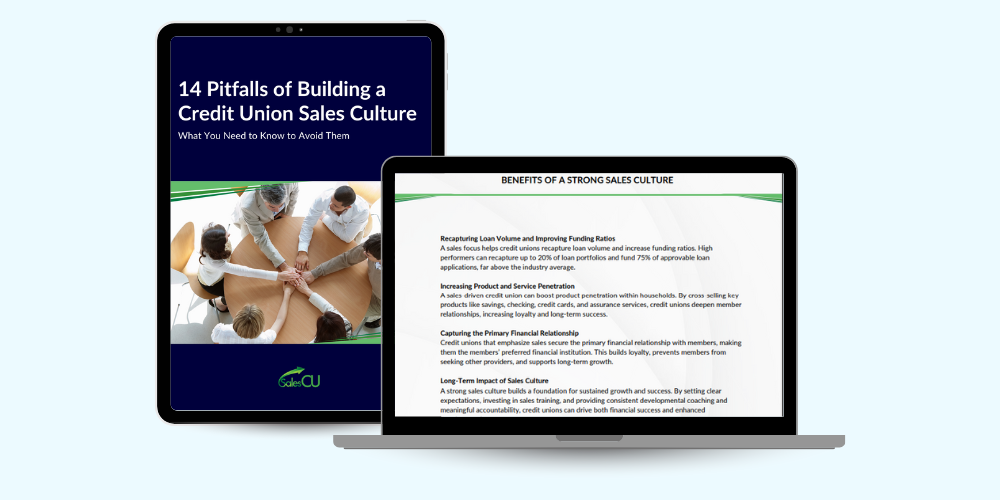This is the first article in a five-part series.
Your organizational culture is one of five key factors—along with employee engagement, organizational structure, leadership, and training—that could be causing big problems in your workplace including absenteeism, high turnover, frustration and burnout. Big problems in your workplace can, in turn, block your organization’s ability to grow in service to members.
While determining what kind of problematic workplace you’re facing—unhealthy, dysfunctional, or toxic—is the subject of another article, the pathway to clarifying the underlying causes of workplace problems and finding solutions for them is not only concrete but also within reach.
While an unhealthy workplace can get in the way of your organization’s effectiveness, take heart. There’s lots of good news here:
- None of the five areas listed above is hard to work on.
- Because the five areas overlap, when you work on one factor, you’ll often get improvement in others.
- You can do this alone or with the help of an expert. In other words, this work is sustainable for credit unions of all sizes.
- Every credit union that improves in one or more of these five areas will be on course to being stronger and better able to deliver on its mission and strategy.
This article will describe how to know if culture is the likely culprit of your workplace problems, describe best practices for treatment, and offer key questions to consider
The likely symptoms of an underlying cultural problem
An unclear or fragmented organizational culture is when team members aren’t aligned with the mission. In action, this may manifest as:
An inconsistent member experience: If branches or departments have different approaches to service, the overall member experience will be negatively impacted.
Resistance to change: Long-standing traditions and practices can make employees reluctant to adopt new technologies, processes, or strategies and hinder the credit union’s ability to innovate.
A lack of accountability: Employees don’t feel motivated to take initiative and instead wait for instructions rather than proactively solving problems.
Diagnosing culture as the problem
A cultural audit is the best tool for determining whether culture is at the root of the problems in your workplace.
Doing a cultural audit may include asking intentional questions of leaders that probe why their team members’ behaviors don’t align with the organization's mission and values. Doing a survey of teams can also be helpful. You may also want to do a follow-up focus group to clarify concerns that emerge.
Interestingly enough, listening to your team members through these steps is an important part of change management.
Treatment steps for a troubled culture
When the problem is culture, it’s important to bring many members of the team together to develop solutions. Maybe the team thinks the credit union’s reward or recognition programs aren’t driving the right behaviors. Or maybe the organization’s values aren’t clearly defined. Or maybe your storytelling as an organization doesn’t spotlight the actions you want staff to take. Notably, sometimes it helps to have someone on the outside saying, “Are you doing what you think you are doing with that?”
4 questions to consider as you work to improve your culture
As you go about your culture audit and undertake culture improvement efforts, you may wish to let these questions guide you.
- What feedback do we receive from members about their experience with our team, and how does that reflect our internal culture?
- Are our core values clearly communicated and consistently demonstrated in day-to-day operations?
- How open are employees to adopting new technologies, processes, or strategies, and what factors might contribute to resistance or reluctance to change within the organization?
- Is there a sense of collaboration and shared purpose across teams, or are departments working in silos?
Whether you tackle the challenges of your organization’s health on your own or engage an expert to help, this work is doable now and also sustainable over time. Be one of those credit unions with a healthy workplace, and you’ll put yourself on track to have happier employees and members, deliver on your strategy, and be poised for sustainable growth.







